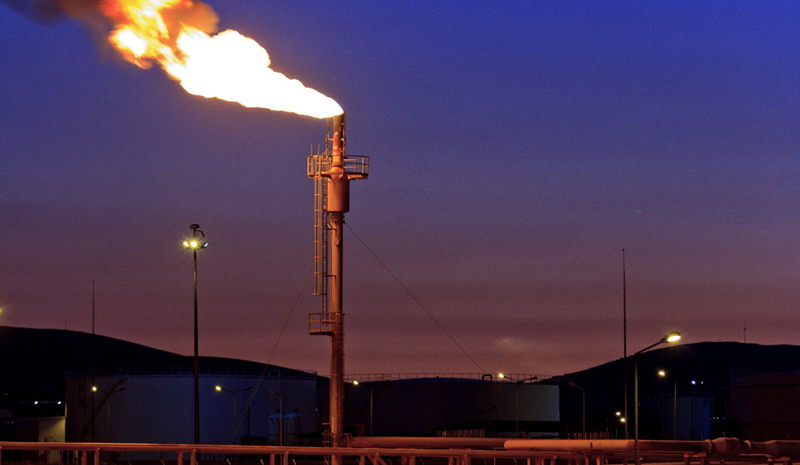Block 23 (Ismail Block)
KAR’s interest in Block 23 (Ismail Block) began as early as 2015 when it re-entered the IS-1 Well, a North Oil discovery drilled in 1996, to test the productivity of the well. This was a discovery in the Tertiary age Baba Formation, a zone roughly equivalent in geologic age to the Main Limestone, the main productive zone in the Khurmala Field, which lies immediately east of Block 23. Subsequently in early 2017, KAR re-entered the other discovery made on this block in 1979, also by the North Oil Company, the OC-2 Well. Both wells tested at commercial rates and provided an impetus for KAR to execute a Profit Sharing Contract (PSC) with the Ministry of Natural Resources (MNR) in early 2018.

The Block covers an area of 954 km2 and the terrain is characterized by two mountains that lie in the western portion of the block (Qara Chauq Central and Qara Chauq North) with the Makhmur highway running between the two mountains and a broad relatively flat valley in the eastern portion of the block. The Ismail Field lies in the valley area of the block. KAR also constructed the Makhmur (Ala) Production Station which lies 5 km to the east of the Ismail Field. The Makhmur Station is capable of processing 50,000 bbls per day, however, it does not have water handling facilities and after separating the gas, the oil and produced water are pumped to a Central Processing Station in the Khurmala Block for water separation.
Shortly after signing the PSC, the two discoveries drilled by the North Oil Company were brought online, however production from the QC-2 well was short-lived before the well prematurely gassed out. Today, the IS-1 discovery continues to produce at an average rate of ~1,550 bopd. Additionally, KAR wasted no time in drilling two wells, offsets to both discoveries previously mentioned. Unfortunately, neither of these wells proved additional reserves.
KAR recognized the value of having 3D seismic data to further delineate/ reinforce the two discoveries and evaluate other undrilled prospects through exploration drilling. Acquisition of two surveys commencing in Q3 2018 was carried out with seamless coverage over a 465 km2 area completed in Q3 2019.
While KAR had higher expectations for the two wells first drilled following the execution of the PSC, the company quickly realized the future work programs would be more focused on exploration rather than the quick development of two fields. With 3D available, KAR developed a seismic technique to more accurately define the reservoir limits of the Ismail Field. Following the slowdown brought on by the COVID pandemic, KAR tested this technique by drilling the IS-4 Well, the first well drilled on the block utilizing 3D seismic. Initial drilling results were as prognosed with good reservoir parameters observed from both mud and open-hole logging measurements as well as oil presence observed throughout the drilling of the objective zone. KAR is currently assessing the challenges presented by the loss of drilling fluid in this well and its impact on the reservoir’s ability to naturally flow oil.
Further exploration potential including an undrilled large subsurface structure beneath the North Qara Chauq Mountain remains and KAR continues to weigh the merits for drilling such features.
KAR currently employs ~ 140 personnel working at the Makhmur Station and ~ 10 Erbil Office staff members.
